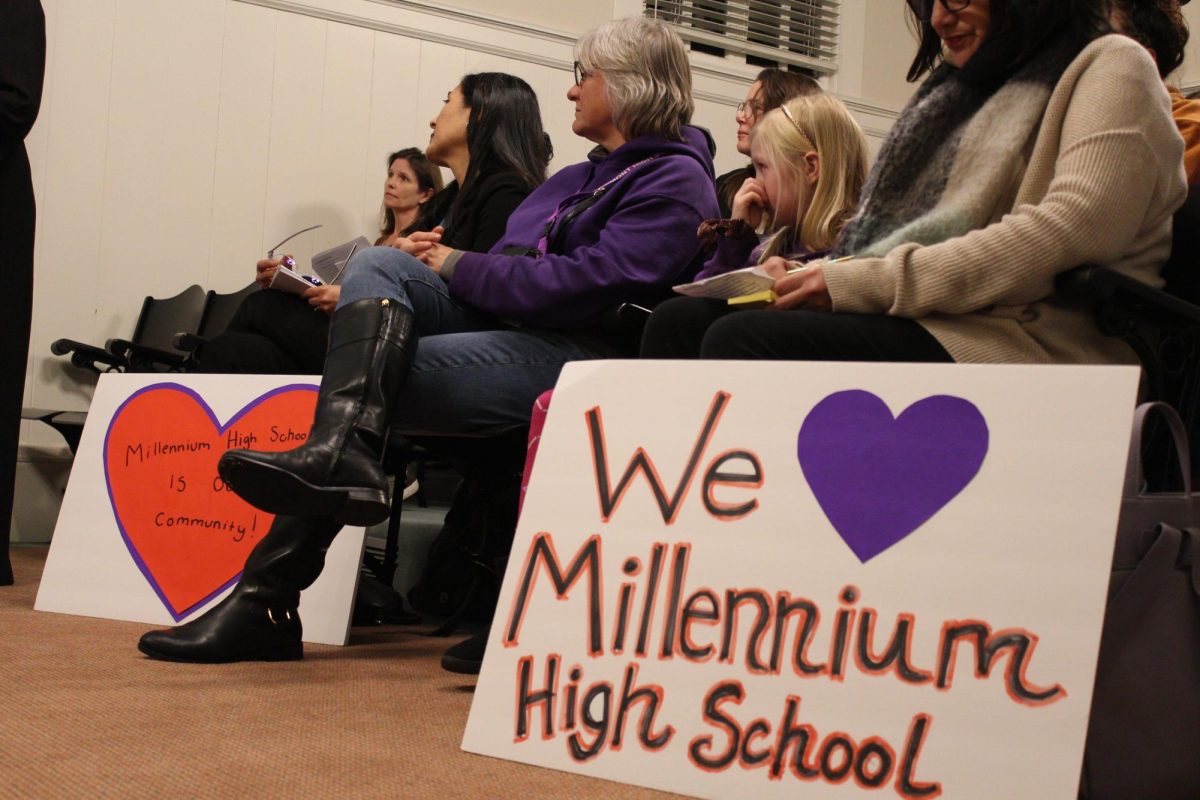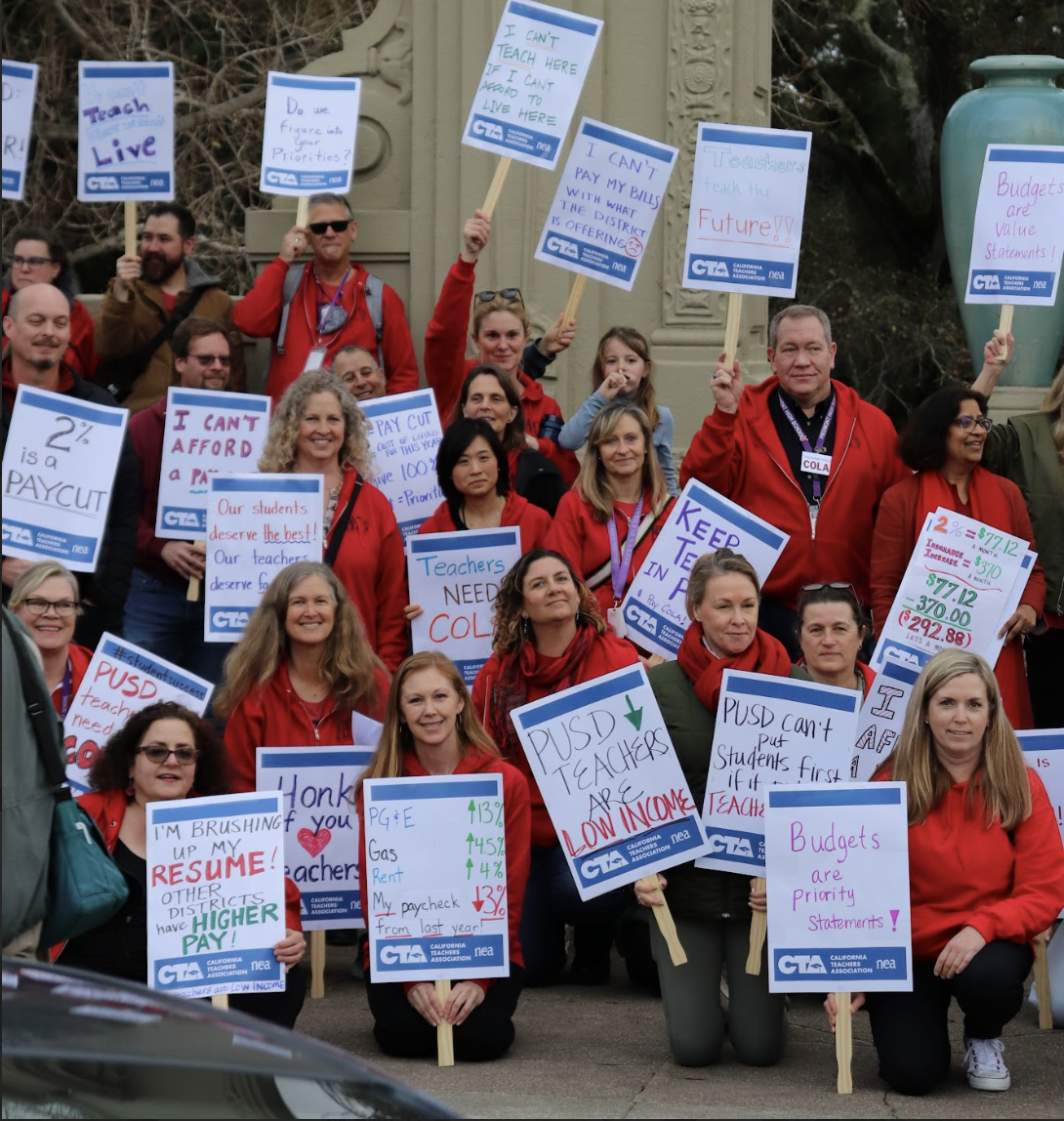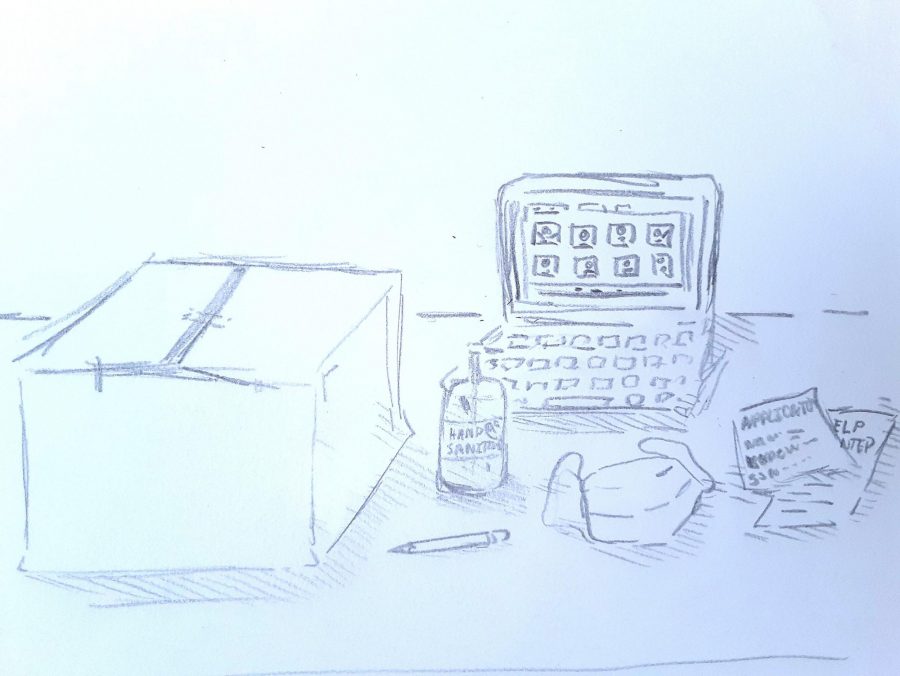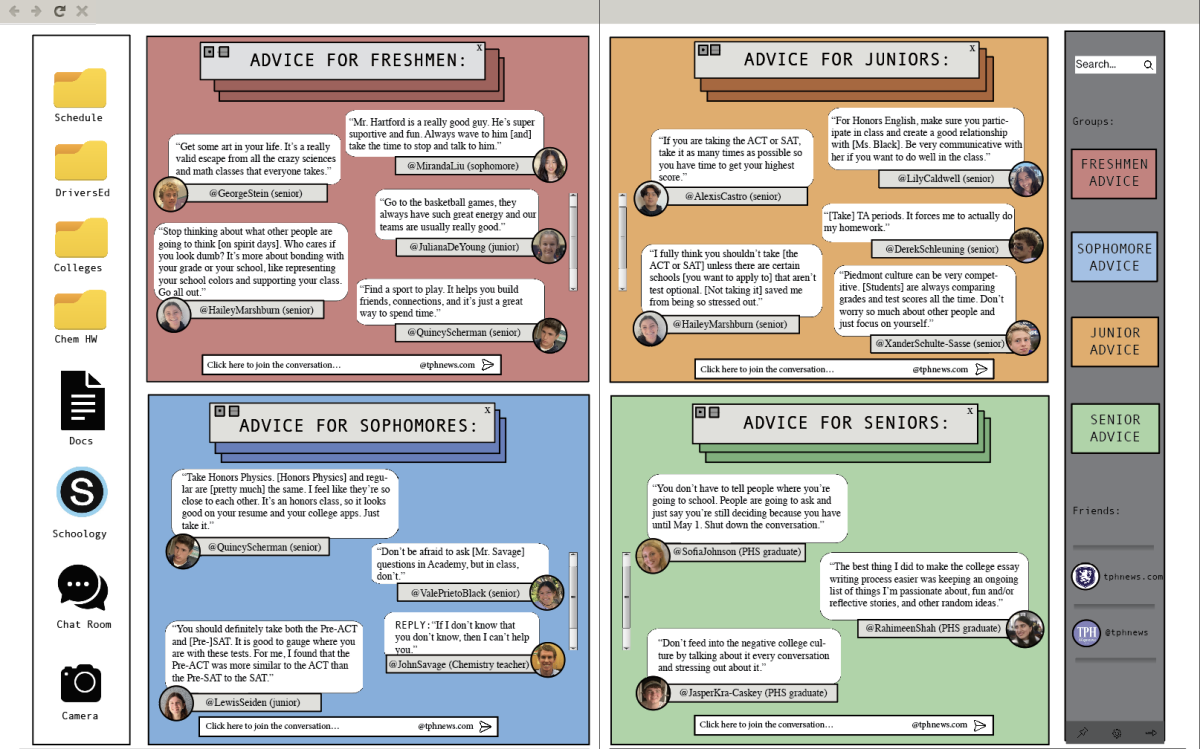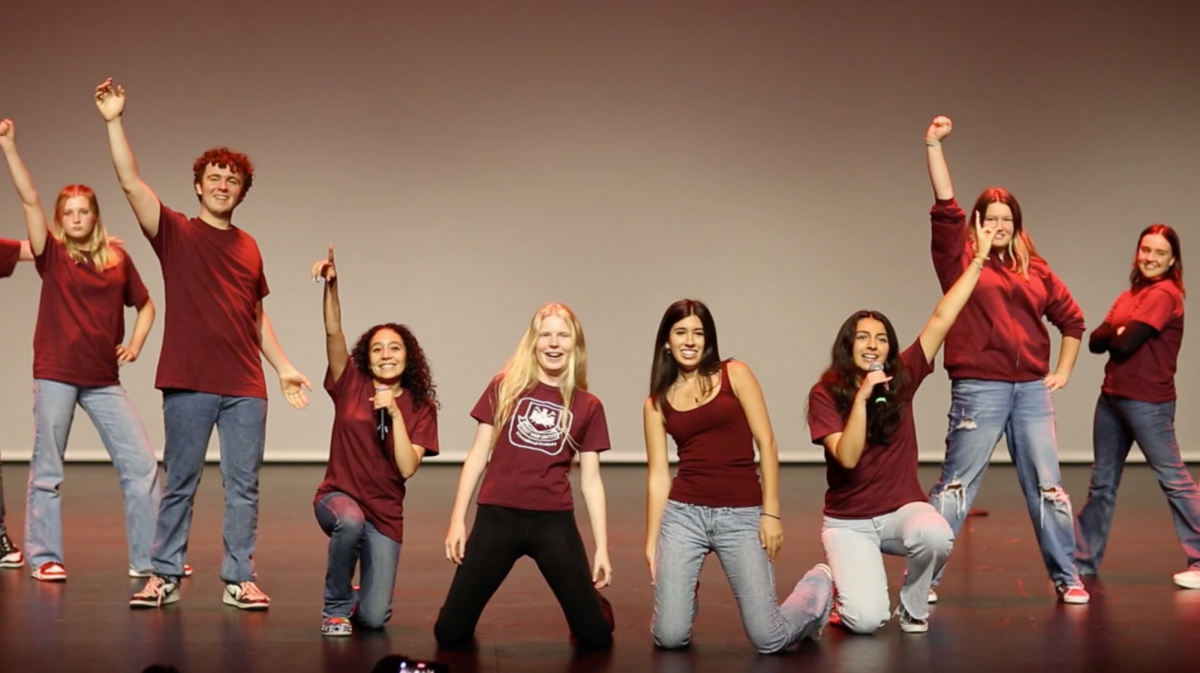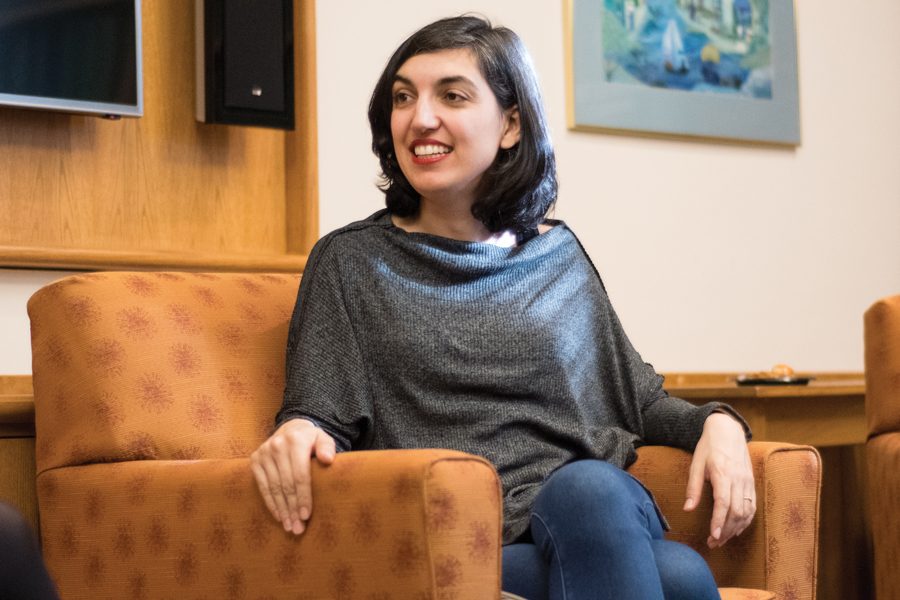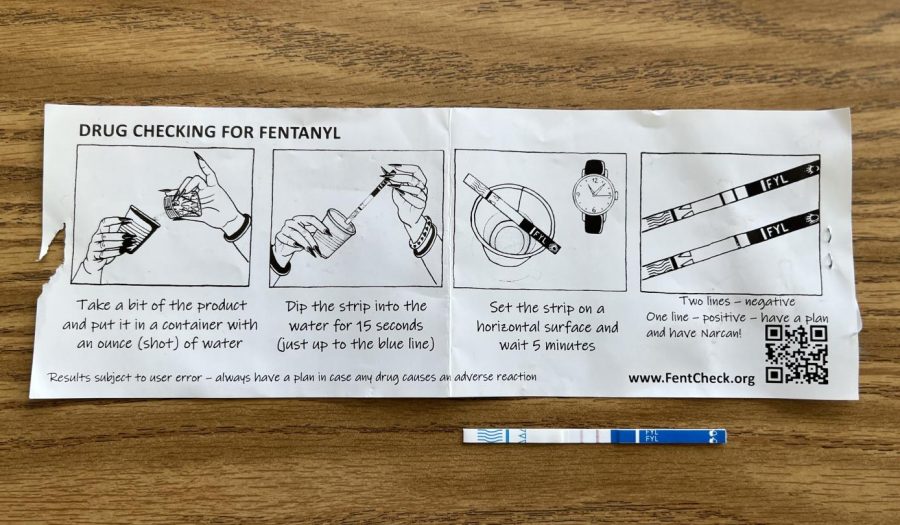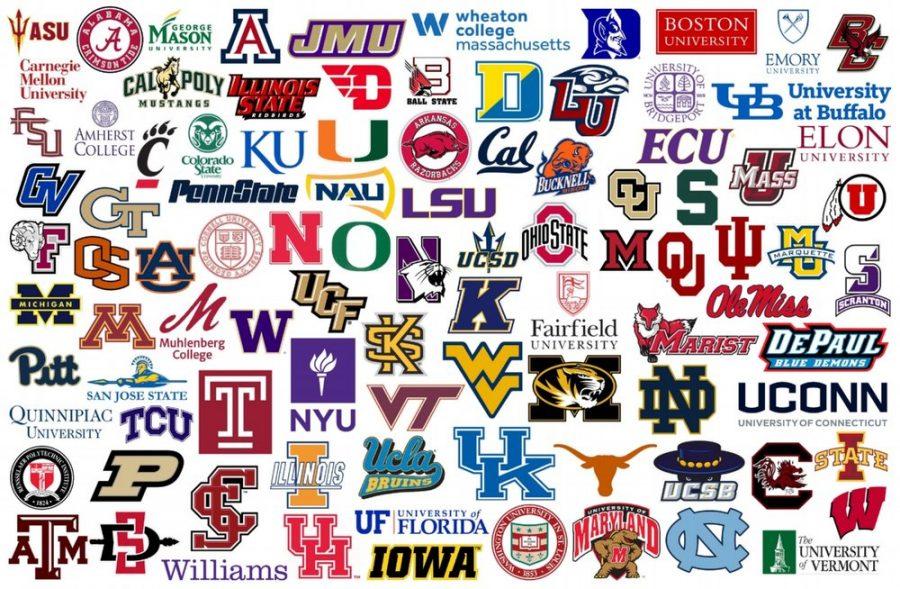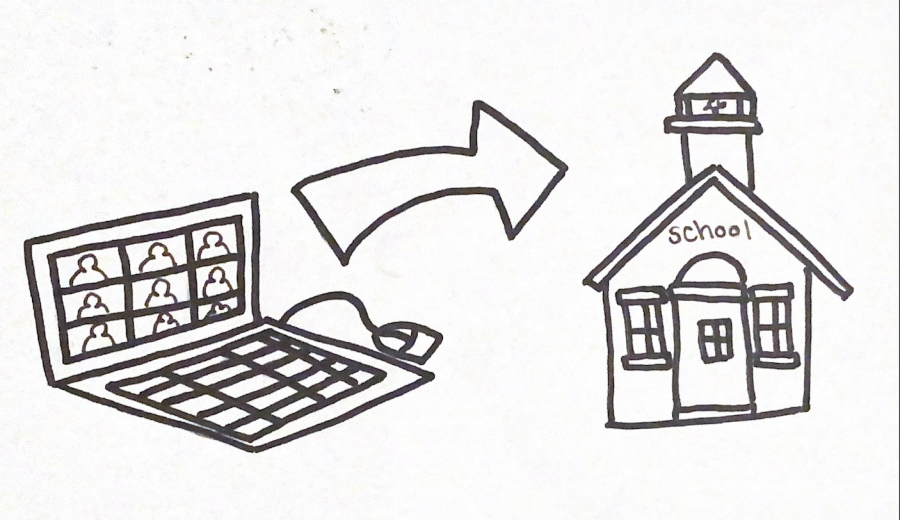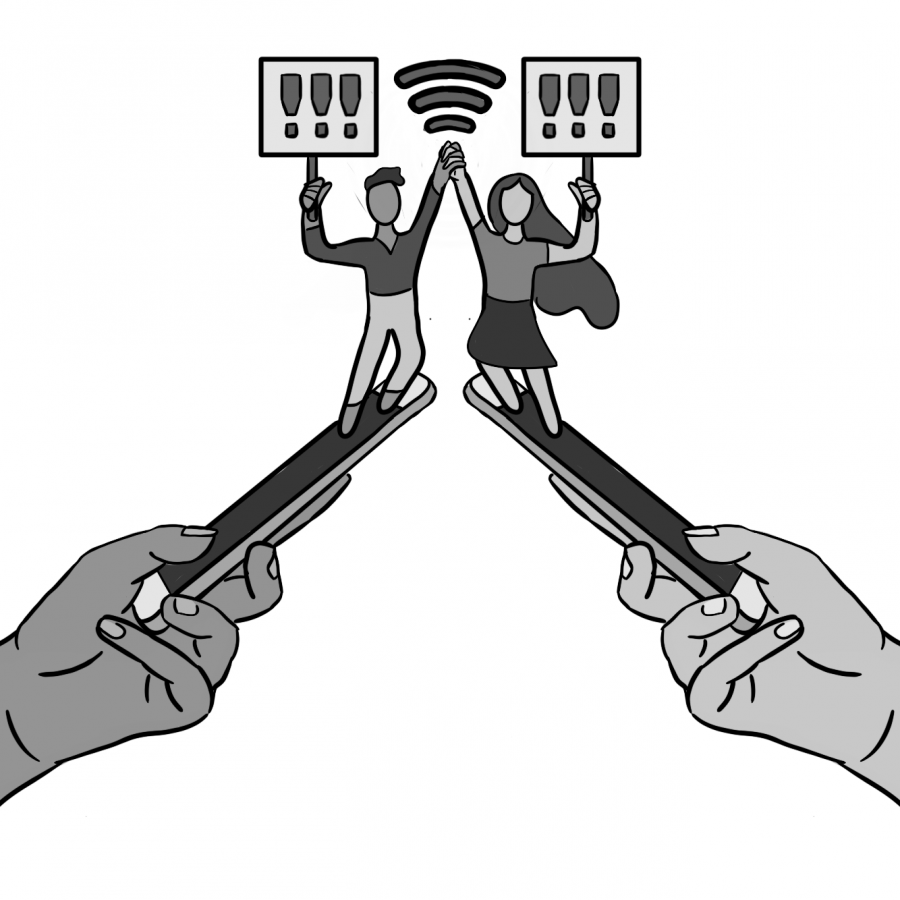In the race for new technology, PHS is getting left behind in the dust.
While most high schools in the district have Wi-Fi networks and hardware that are capable of fulfilling student’s and teacher’s needs, PHS does not.
“We as a school district, in particular the high school— we’re behind. Wherever we should be, given what is out there, we’re not there,” principal Rich Kitchens said.
PHS technical coordinators Jana Branisa and Stephanie Griffin have been working with superintendent Randall Booker and Kitchens to fix this problem.
They have been working to identify the problem, and have had assessments done by vendors, private consultants, and the Alameda County office of education, Branisa said. They are hoping to upgrade all of the cables that are in this building, in order to increase the Wi-Fi coverage. By replacing the old cables with new fiber, high-end cabling, the machines will be able to go as fast as they are supposed to go.
However, there is still an issue of traffic, especially if there are a lot of devices vying for that single Wi-Fi cable. Another way of improving the Wi-Fi is by adding more access points throughout the school.
“Right now, we only have 10 Wi-Fi access points—on-ramps to the cables. Each on-ramp can only handle 30 devices, and 10 times 30 is 300,” Branisa said. “Right now there’s about 1000 devices at the school and our on ramps can only handle 300. So we need one access point per room.”
The main thing that is hindering their progress is the financial aspect. The school needs to pay for the placing of the cables, which are hidden within the walls and ceilings of the school. This six-figure number, which is not a trivial amount, is not something that the school can cut back on, Branisa said.
“Funds are tight, the giving campaign is in the middle, but everybody is vying for that money,” Branisa said. “So the question is who gets the first piece of the pie.”
Kitchens has also been turning to the district, the parents club, and the state to provide funding for new technology.
Using wider cables and creating more access points will allow the Wi-Fi network to sustain more devices, and students will be able to use the Wi-Fi on their phones and laptops. The administration is hoping to implement the new cables before fall of next year, Branisa said.
This year, just getting the Wi-Fi to work seems to be a challenge for some people.
“It randomly drops signals a lot, and the signal’s range really varies,” junior Allyson Chan said.
Branisa attributed the bad signal to the number of devices that are connected to the network. With more and more students bringing their laptops to school, there becomes more traffic within the cables, she said.
“If students keep bringing their laptops they’re going to bring the network to a grinding halt,” Branisa said. “Our [cables] can’t handle it. And then our teachers can’t take attendance; we can’t contact anybody in the outside world. We need a working internet connection.”
The school is also working towards fixing expiring computers. The computers in room 49 are not workable, the computers in the library are teetering at the end of life, and the only working computers are in room 48, which has classes all day, Branisa said.
“Its irritating, especially because it seems to always be at its worst when you need it most, but it’s understandable because we’re a public school with limited funding,” senior Hayley Parry said.
Branisa is working to get new computers that are all uniform, with updated applications, so students can work together.
Competing schools, such as Head Royce (HRS) and College Preparatory School (CPS) both have systems where students can easily access uniform computers. CPS requires all freshmen to buy a mac laptop so that all students have the same machine, with the same applications. HRS has enough machines that they have one per person, and students can check them out, Branisa said.
She said that at the high school it is more realistic to have a bring your own device program that gets registered on the network, so that she knows when she looks at the network which device belongs to which student.
Parry said that if the school had a bring your own device system she would bring her own computer because it would be beneficial and would help with the problem of procrastination.
“For myself personally it would definitely raise class productivity, whether or not I’m actually doing work for that class,” she said. “It would especially help for classes like English and civics because those are very essay based so students wouldn’t have to wait to work on them until after school or extracurriculars.”
Kitchens is hoping that in the next five years each student will have an individual tablet, with their textbooks and Google docs loaded onto it.
“We could sit here today and have this vision, but our needs to keep the students competitive are going to increase and change—it’s a moving target,” he said.
Students have been sent a survey on their school Gmail accounts about their usage of technology. If the school gets the funds needed to implement better Wi-Fi and better computers, the whole way of learning at PHS will change, Branisa said.





